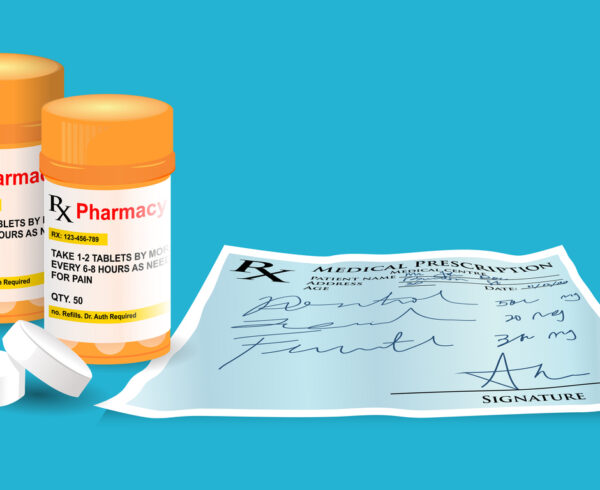2026 Medicare Part D Costs & Drug Price Negotiations
Medicare Part D (the prescription drug benefit) has seen some major changes recently. For 2026, several provisions are coming into play that affect what enrollees pay, how much Medicare pays, and how drug prices are negotiated. Below are the key updates to the 2026 Medicare Part D costs.
Key Changes in Medicare Part D for 2026
Here are some of the most important cost‐related changes that beneficiaries should know:
| Item | 2025 | 2026 | What’s Changing / Why It Matters |
|---|---|---|---|
| Annual Deductible | $590 | $615 | Beneficiaries must pay the full cost of their covered drugs until they meet the deductible. |
| Out‐of‐Pocket (OOP) Threshold / Cap | $2,000 cap (in 2025) | $2,100 cap (indexed) | Once OOP spending reaches this threshold, beneficiaries reach catastrophic coverage, and costs drop to $0 |
| Coinsurance & Cost-sharing | The standard Part D benefit phases (deductible, initial coverage, catastrophic) remain with adjusted thresholds and modified cost-sharing in some phases. |
What Is the Drug Price Negotiation Program
Under the Inflation Reduction Act of 2022, Medicare now has the power to directly negotiate prices for certain high-cost drugs covered under Part D (and later also Part B). Previously, Medicare was more restricted in its ability to force manufacturers to lower prices for prescription drugs.
Here’s how the negotiation program works in broad strokes:
- Each year, a certain number of “single-source” brand drugs (i.e. those without generics or biosimilars) that have been on the market for a set minimum time become eligible for negotiation.
- Medicare (through CMS) makes an initial offer (“maximum fair price” or MFP) based on drug spending, clinical benefit, manufacturer costs, price in comparable drugs, etc. Manufacturers can counter. There are meetings and data sharing to arrive at a negotiated price.
- If agreement is reached, the negotiated price becomes effective as of a certain date. For the first set of drugs, prices begin for 2026
Watch a quick YouTube video on the Medicare Prescription Payment Plan
Which Drugs & Savings with Negotiation in 2026
- The first round of negotiation selects 10 Part D drugs.
- For 2026, these negotiated prices go into effect starting January 1, 2026.
- The discounts negotiated are substantial: for those 10 drugs, reductions range from 38% to 79% off list price.
- Estimated savings: If those new prices had been in effect earlier (e.g. in 2023), Medicare would have saved about $6 billion in overall drug spending on those drugs. For beneficiaries, out-of-pocket savings for those 10 drugs in 2026 are projected to be about $1.5 billion.
If you are an agent ready to join the Crowe team; click here for online contract.
How Negotiations & Costs Interact: What This Means for Beneficiaries
- Lower list/transaction prices for selected drugs should directly reduce what beneficiaries pay (especially in the initial and gap phases), because coinsurance or cost sharing is often a percentage of drug cost.
- The out-of-pocket cap ($2,100 in 2026) limits how high total costs for drugs can go in a year, making unexpected high drug bills somewhat more predictable.
- The negotiation program may also influence which drugs are placed on formularies or on preferred tiers, as plans respond to the new negotiated prices.
- However, the savings from negotiated drugs apply only to those drugs selected for negotiation; many other drugs will still be under traditional pricing structures.
Some Caveats & Things to Watch
- The negotiated max fair price is not always simply a percentage cut—there are statutory minimum discounts, comparisons with existing net prices, evaluation of alternatives, etc. Some drugs may see smaller reductions depending on existing rebates or other discounts.
- The program phases in over years: more drugs will be subject to negotiation in 2027, 2028, etc. So the full effects take time.
- Courts and industry challenges may affect implementation or enforcement.
Stay up-to-date on agent events and information
For 2026, people with Medicare should expect higher costs including; premiums, deductibles and out‐of‐pocket thresholds compared to previous years. Although there will be relief for certain high‐cost drugs thanks to the new Medicare drug price negotiation program. If you’re taking one of the drugs selected for negotiation, the discounts will reduce what you pay. Over time, broader negotiation and other reforms aim to make more drugs more affordable for all Part D enrollees.














Leave a Comment